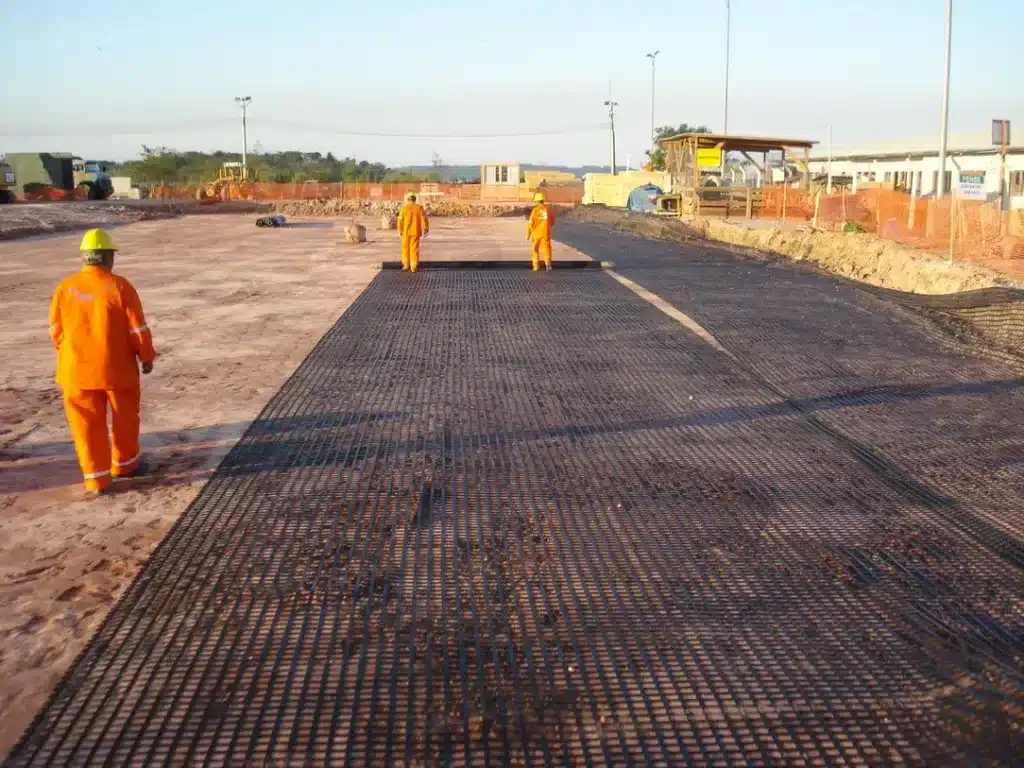+86-159 9860 6917
info@geofantex.com
geofantex@gmail.com
+86-400-8266163-44899
A biaxial geogrid is a versatile engineering material used in civil construction projects to enhance soil stabilization and reinforce structures. Made from high-density polyethylene (HDPE), the biaxial geogrid consists of intersecting ribs that form a grid pattern, providing strength in both the longitudinal and transverse directions.
Its primary function is to distribute loads and prevent the lateral movement of soil, making it ideal for applications such as road and railway construction, slope stabilization, and retaining wall reinforcement. The biaxial geogrid improves the overall performance and longevity of infrastructure projects by increasing their load-bearing capacity and reducing maintenance requirements.

What is biaxial geogrid?
A biaxial geogrid is a type of geogrid made from polymer. It is used for ground stabilization, offering high strength in both the longitudinal and latitudinal directions due to its bidirectional grid design.
What is the difference between biaxial and uniaxial geogrid?
A biaxial geogrid is a bi-directional structure with a two-way stretch that provides the same mechanical properties in two directions, both longitudinal and transverse. A uniaxial geogrid is a unidirectional structure with a one-way stretch that provides stabilization in one direction only, mainly longitudinal.
What is the difference between biaxial and triaxial geogrid?
Biaxial and triaxial geogrids are unique and distinct engineering materials, each with its own in-application performance capabilities. The presence of ribs in three directions, rather than two, is an obvious, definitive, and meaningful distinction between biaxial and triaxial geogrids.
What are the three types of geogrid?
There are four types of geogrids Uniaxial, Biaxial, Triaxial (Triax®), and Geogrid-Geotextile Composites.



Get Free Sample
We’ll respond as soon as possible(within 12 hours)





















